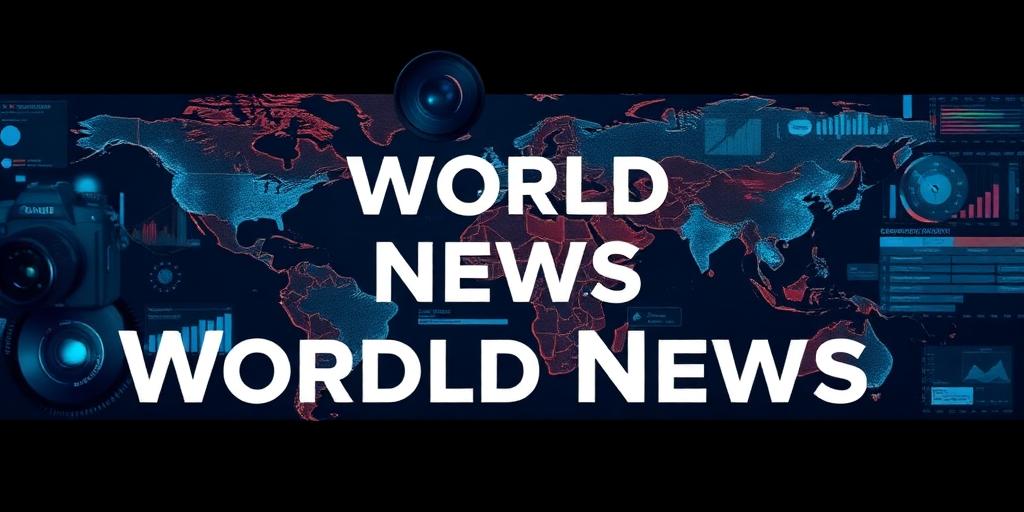The Power of Visuals: How Images Shape Our Understanding of World News
In today's fast-paced digital landscape, where information bombards us from all directions, visual storytelling has emerged as a powerful tool in world news. From impactful photographs to compelling infographics, visuals play a crucial role in shaping our understanding of complex events and global issues.
The Impact of a Single Image
A single, well-chosen image can often convey more than words alone. Think of iconic photographs that have defined historical moments: the fall of the Berlin Wall, the Tiananmen Square protests, or the Syrian refugee crisis. These images evoke emotions, spark conversations, and leave a lasting impression on our collective memory. They serve as visual shorthand, instantly communicating the gravity and complexity of a situation.
Visuals as Information Architects
Beyond photographs, visual storytelling encompasses a range of formats, including:
- Infographics: These condense complex data and statistics into easily digestible visuals, making information accessible and engaging.
- Maps: Maps provide geographical context, helping us understand the spatial dimensions of news events, from conflict zones to environmental disasters.
- Videos: Short video clips offer a dynamic and immersive way to experience news, bringing events to life and capturing the human element.
Ethical Considerations
While visual storytelling is a powerful tool, it's essential to be aware of its potential for manipulation and bias. Images can be selectively cropped, edited, or presented in a way that distorts reality or promotes a particular agenda. Responsible journalism requires careful consideration of the ethical implications of visual choices, ensuring that images are used to inform and educate, rather than mislead or exploit.
The Future of Visual Storytelling
As technology continues to evolve, visual storytelling will likely play an even greater role in shaping our understanding of world news. Virtual reality and augmented reality offer immersive experiences that can transport us to distant lands and put us in the shoes of those affected by global events. Interactive visuals allow us to explore data and information in a dynamic and personalized way.
In conclusion, visual storytelling is an indispensable component of modern journalism. By harnessing the power of images, news organizations can engage audiences, convey complex information, and foster a deeper understanding of the world around us. However, it's crucial to approach visuals with a critical eye, recognizing their potential for bias and manipulation. Only then can we fully appreciate the power of visual storytelling to inform, educate, and inspire.









